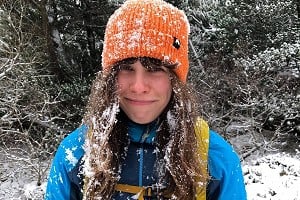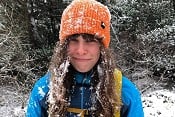In reply to steve_gibbs:
Did it in July the year before last, during one of several heat waves after a dry winter. Lots of the ridge was completely snow free and was hard going scrambling over precariously balanced rocks, which seems to be increasingly the case on these sorts of routes. I might be misremembering but I think the low snow levels caused extra difficulties on part of the rochefort travese section (awkward downclimb to get onto a snow field)
The decent down the glacier was a bit horrible. Snow bridges were getting melty and we had to jump a few crevasses. We ended up having an unplanned bivvy half way down in the hope things would firm up (don't think it helped that much). Don't remember it getting especially worse when we got below the snow line onto the dry section but I think I've just blocked out most of my memories of it.
If you're there in June anyway probably worth asking what it's like at the guides office. I suspect there's every chance it would be in better nick than I found it, but probably worth considering my username before listening too much to my advice.









